S

Audio
Listen to an audio version of this page (5 min 59 sec):
Second
|
nîswâw |
|
Definition: It is the number two in a sequence.
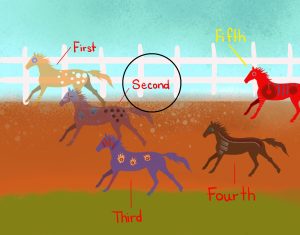
Sequence
|
iyaskohc |
|
Definition: It refers to a pattern of numbers connected by some rule [3].
Seven
|
tepakohp |
|
Definition: It is a counting number that is one more than six. It is written as 7.
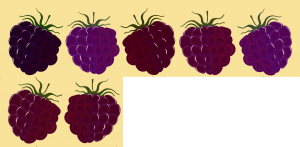
Seventeen
|
têpakohposâp |
|
Definition: It is a counting number that is one more than sixteen. It is written with two digits – one and seven.
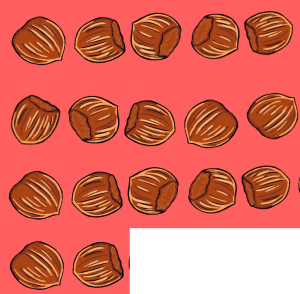
Seventh
|
mwecitepakohp |
|
Definition: It is the number seven in a sequence. It is also written as 7th.
Seventy
|
tepakohpimitanaw |
|
Definition: It is a counting number equivalent to seven sets of tens. It is written as 70.
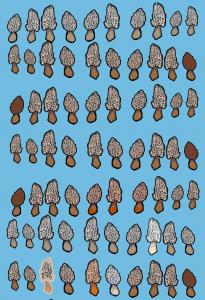
Similar
|
eyakwan kekâc |
|
Definition: Two objects look like each other but are not identical.

Similarity
|
tāpiskōc |
|
Definition: It refers to the state of being similar. It may refer to size, feature, or style.
Six
|
nikotwâsik |
|
Definition: It is a counting number that is one more than five. It is written as 6.

Sixteen
|
nikotwâsosâp |
|
Definition: It is a counting number equivalent to four sets of fours. It is written with two digits – one and six.

Sixth
|
mwecinikotwâsik |
|
Definition: It is the number six in a sequence. It is also written as 6th.
Sixty
|
nikotwâsomitanaw |
|
Definition: It is a counting number equivalent to six sets of tens. It is written as 60.
Size
|
tānimayikohk kîspehcak |
|
Definition: It refers to the spatial dimensions, proportions, magnitude, or bulk of anything [6].
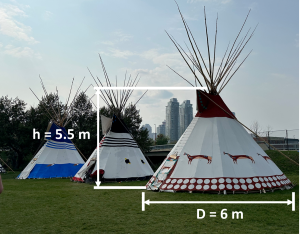
Skip (counting)
|
ansko kwâskohtâkiciki |
|
Definition: It is a mathematical technique to count things quickly by a given number [1].
Examples
Skip counting by 2s.
- It is 2, 4, 6, 8, 10, and so on.
Skip counting by 10s.
- It is 10, 20, 30, 40, and so on.
Small (numbers)
|
apisci-akihtāsona |
|
Definition: It refers to a low numerical value or number [6].
Solution
|
miskawȃhtowin |
|
Definition: The value or values that make an equation or open sentence true [1].
Sort
|
(1) pahpiskihtascikewin
(2) kîkwayi |
|
Definition: It refers to separate objects into groups according to properties or characteristics [1].
Square
|
ē-ayisaweyaw |
|
Definition: It is a rectangle with four equal sides.

Square root
|
akihtāsowina kawi-akicihkātik niswaw |
|
Definition: The square root of a number is a factor that, when multiplied by itself, equals the original number. [3]
Examples
- [latex]\sqrt{9}=3[/latex], because 3 x 3 = 9
- [latex]\sqrt{100}=10[/latex], because 10 x 10 = 100
Squared
|
akihtāsowina ohci kakicihkātik niswaw |
|
Definition: A quantity obtained by multiplying a number or variable by itself. [4]
Examples
- [latex]2^2 = 2 \times 2 = 4[/latex]
- [latex]10^2 = 10 \times 10 = 100[/latex]
Standard
|
kîkway ka nîpawemakahk |
|
Definition: It is a reference against which others are compared [4].
Subtract
|
ka pahkwenikehk |
|
Definition: To take one or more quantities away from another; to find one quantity known as the difference [1].
Examples
- 17 – 9 = 8
- 120 – 11 = 109
Subtraction
|
pahkwenikewin |
|
Definition: It is an arithmetic operation to find the difference between two quantities.
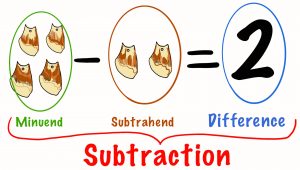
Sum
|
kȃ mȃmawȏkimiht |
|
Definition: The result of adding two or more quantities [1].
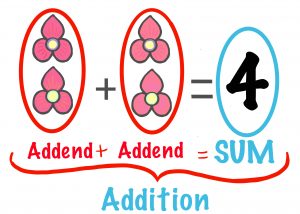
Symbol
|
ȇ-itwȇmakahk |
|
Definition: A letter, figure or sign representing a quantity, sentence, relation, function, or an object or operation [4].


